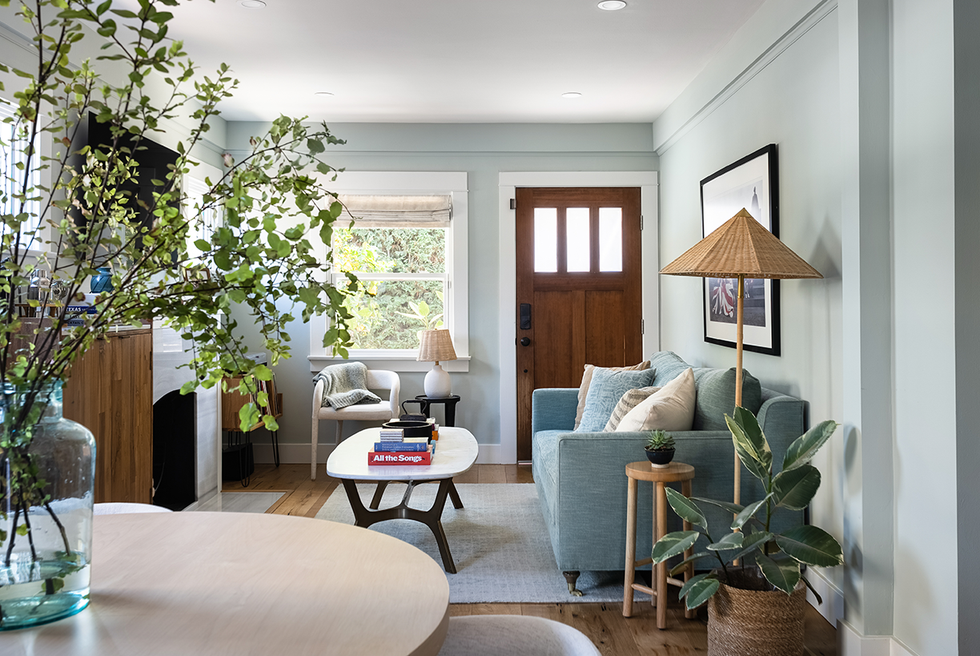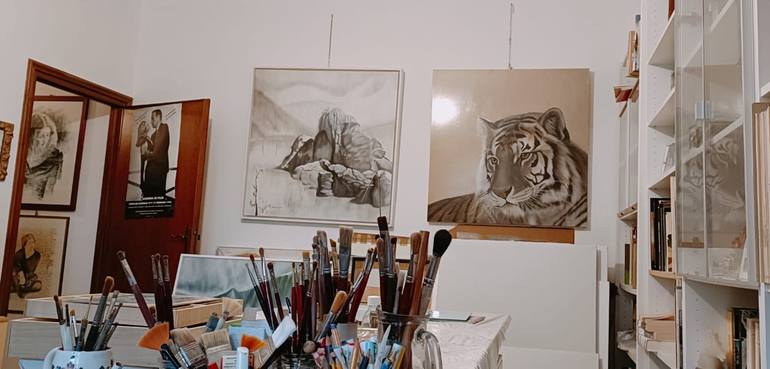Hanging photo wall display tutorials for stunning gallery walls
As a professional photographer, your work is an art form that deserves to be displayed in a way that captures attention and evokes emotion. One of the most effective ways to showcase your photography is through a well-curated photo wall display. In this tutorial, we'll explore the art of creating stunning gallery walls that not only highlight your skills but also enhance the spaces they occupy.
Whether you're displaying your latest series of prints or highlighting a selection of your favorite images, learning how to hang a photo wall effectively is essential. Let's delve into the world of photo wall displays and uncover the techniques that will elevate your photographic presentation to a professional level.

Choosing the Right Space
The first step in creating a captivating photo wall is selecting the perfect space. Consider areas in your studio or home that have enough wall space and natural lighting to complement your photographs. A well-lit room can enhance the details and colors of your images, creating a more engaging visual experience.
It's also important to consider the purpose of your photo wall. Are you aiming to create a personal gallery for clients or an inspiring backdrop for your workspace? The intention behind the display will guide your decisions on layout and image selection.
Selecting Your Images
Image selection is a critical aspect of crafting a successful photo wall. Choose images that not only showcase your technical skills but also tell a compelling story. Consider the mood, theme, and color palette of your photographs to ensure they harmonize with each other.
For a cohesive look, you might want to opt for a specific theme, such as landscapes, portraits, or abstract art. Alternatively, mixing different genres can create an eclectic yet balanced display. The key is to maintain a sense of unity while allowing each photograph to stand out.
Planning the Layout
Once you've curated your selection of photographs, it's time to plan the layout. There are several popular arrangements to consider, each offering a unique visual impact:
- Grid Layout: A symmetrical grid creates a clean and organized look that's perfect for showcasing a series.
- Salon Style: An asymmetrical arrangement that allows for a mix of sizes and shapes, adding a dynamic feel to the wall.
- Linear Arrangement: A simple horizontal or vertical line of images, ideal for narrow spaces.
Use paper templates or a digital mockup to experiment with different arrangements before committing to a final design. This step allows you to visualize how your chosen layout will appear on the wall.
Hanging Techniques for Photographers
Hanging photographs requires precision and care, especially when dealing with valuable prints. Here are some techniques to ensure a professional finish:
- Use a Level: A level tool ensures your frames are perfectly straight, preventing any unnecessary tilts.
- Measure Twice, Hang Once: Double-check your measurements to avoid mistakes that could damage your prints or wall.
- Secure Hooks and Nails: Choose the appropriate hardware based on the weight and size of your frames. Acrylic photo wall display ideas offer lightweight alternatives for easy hanging.
For a more detailed look into these techniques, consider attending photo-based painting workshops to gain hands-on experience with various display methods.
Enhancing the Visual Appeal
To make your photo wall truly stand out, consider incorporating elements that enhance its visual appeal:
- Lighting: Install adjustable lighting to highlight your photographs and create a gallery-like ambiance.
- Frames and Mats: Choose frames and mats that complement your images and the overall aesthetic of the room. Wall art ideas can provide inspiration for unique framing solutions.
- Accent Pieces: Integrate decorative elements such as shelves, plants, or sculptures to add depth and personality to the display.
Remember, the goal is to create a space that not only showcases your work but also invites viewers to linger and appreciate the artistry.

FAQs
What is the best way to arrange photos on a wall?
The best way to arrange photos depends on your personal style and the space available. Consider a grid layout for a clean look or a salon-style arrangement for a more eclectic feel.
How do I choose the right frame for my photographs?
Choose frames that complement the colors and style of your photographs. Neutral frames work well with most images, while bold frames can add a statement to your display.
Can I mix different types of artwork on one wall?
Absolutely! Mixing different types of artwork can create an interesting and dynamic display, as long as there's a cohesive element, such as a shared color palette or theme.
In conclusion, mastering the art of hanging photo wall displays can significantly elevate your ability to present your photographic work. By thoughtfully selecting images, planning layouts, and utilizing professional hanging techniques, you can create a gallery wall that captivates and inspires. As a professional photographer, these skills not only enhance the visibility of your work but also establish your space as a testament to your artistic vision.

